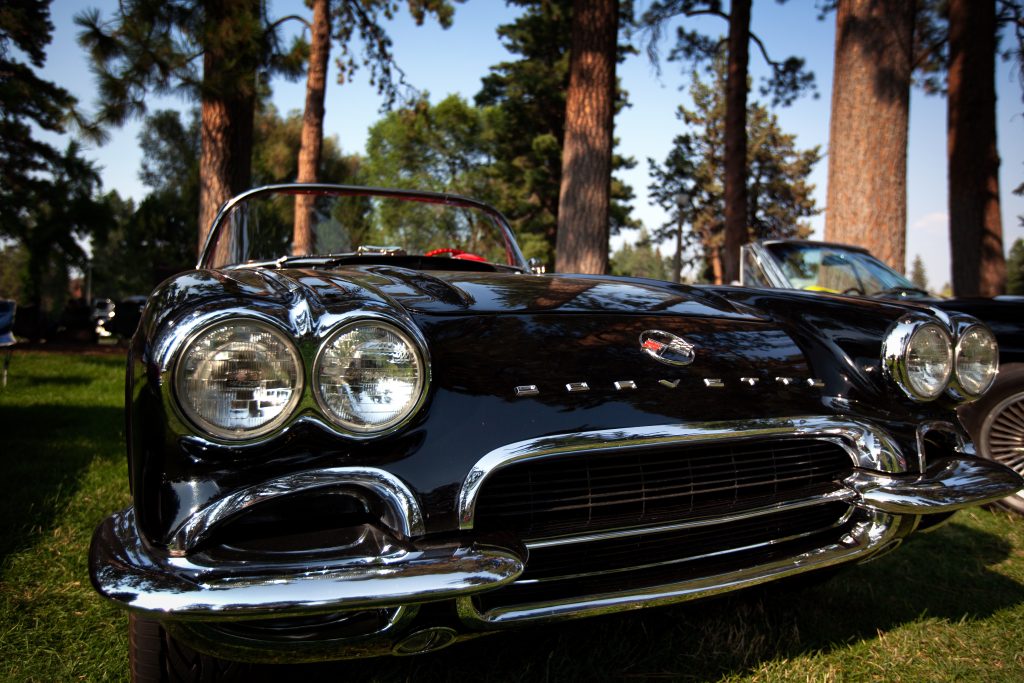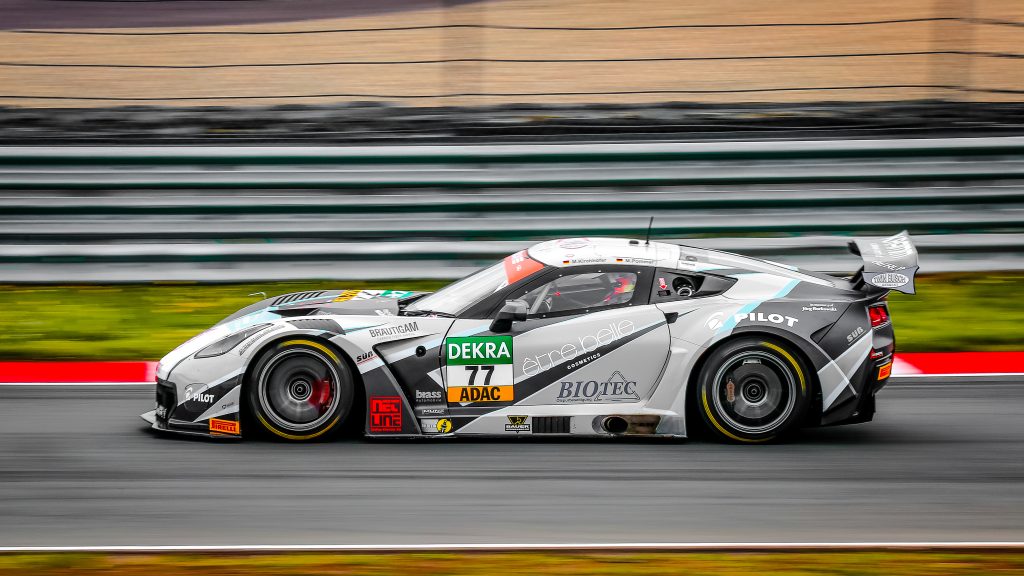As a front-engine race car, the Corvette was born in 1953. Myron Scott, a General Motors executive, invented the term after naming the smallest warship from its class. The name was meant to convey the brand’s style and individuality.
In the 1970s, it became the vehicle of choice for astronauts like Alan Shepard after starting off as a little shack at GM. The Corvette has increased in stature during the last six decades of manufacture, dwarfing the giants of the period. The following are a few examples of what I’m talking about:

In that year, the Corvette outperformed Ferrari and Porsche in terms of top speed on public roads.
When the 1988 Callaway Sledgehammer Corvette debuted, it was an experiment to see how far a corvette could go. It had a top speed of 254.76 mph, which was quicker than most of the time’s legal cars. This was accomplished by lowering the suspension and installing two extremely powerful twin turbochargers. The fit was recorded on a 7.5-mile TRC Ohio track.
An endurance run by Zr-1 is claimed to be a world record
On March 1-2, 1990, in Fort Stockton, Texas, a new world record was set. When a Mormon meteor put it at 161mph for 24 hours 40 years ago, the Corvette smashed it. In order to break the world record, the Zr-1 crew decided to use a production car. A few adjustments and tweaking allowed eight drivers to break the record at an average speed of 175.710 mph over two days.
Sirius XM Chevrolet Corvette C7.R scores its 100th career victory.

This year’s Northeast Grand Prix at Lime Rock Park represented Corvette’s 100th racing victory. Over the course of six decades, Corvette has dedicated itself to the development of muscle and race cars. With partners from Pratt & Miller, Michelin and Mobil 1, Chevrolet US vice president Jim Campbell honored the milestone by praising his team’s efforts over the last 17 years.

